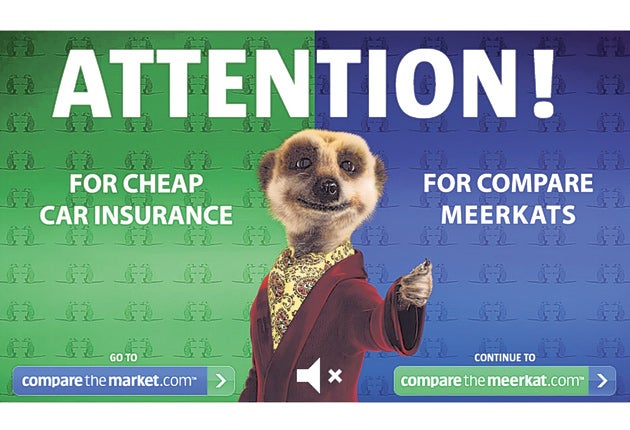Claire Beale On Advertising: Consumers will shape brands in 2010

As the new year breaks, you'll find the advertising industry clutching a whole new set of forecasts and predictions (fingers crossed behind their backs) in the hope of offering their shell-shocked clients some clarity on what lies ahead. Time, then, for a little crystal-ball tickling.
Except that clarity will be some time coming yet. In fact, the only certainty is that consumers will be dictating the rules of the marketing game as the second decade of the millennium kicks off. How freely consumers open their purses over the coming year will have a profound effect on the shape of the advertising and marketing industries for years to come.
According to market research giant Mintel, after 18 months of recession consumers are emerging into 2010 with a battle-hardened approach to domestic spending. We're spending time to save money (cooking more, DIYing more, being more organised with our lives so that we can be more organised with our money). And these newly responsible consumers are more focused on value than ever before, better at bargain hunting or simply saying "no" as they learn to get by with less.
This new austerity-savvy consumer is also a more cynical one, questioning brands on everything from performance promises to environmental claims. Simply put, we're less trusting. But for advertisers, perhaps the most important characteristic of the new consumer is that they're in control of the marketing dynamic as never before. As the interconnectivity of our social-networking tools speeds up, we have unparalleled access to information and more power to make our own voices heard. A single complaint against a product or company can be amplified globally within hours. Marketers now need to keep a 24/7 watch over their brands and be ready to mobilise a response team to deal with consumer uprisings. Brand-guardianship is now literally a full-time job.
No surprise, then, that smart marketers will be increasingly trying to leverage these empowered and opinionated consumers for the benefit of their brands. I've written about crowd-sourcing in this column before; how advertisers are turning to the masses not just for their views on brands but for their contribution to marketing strategies and creative advertising ideas.
And as uncomfortable as it might be for the ad industry, this is one marketing fashion that's not fading any time soon. For marketers looking to give their customers a real sense of shared ownership of a brand, crowd-sourcing is a powerful tool. And a (comparatively) cheap one. Leveraging the might of these empowered, networked consumers will also become more sophisticated as internet search technology evolves. But it's not your social network that marketers are sniffing round, so much as your social graph, the lasso that harnesses you, your friends and your friends' friends into a matrix of mutuality.
You've probably seen images of social graphs, beautiful constellations of people you know and who they know, all ribboned together in a connected whorl. Well, we're not far off marketers being able to exploit these constellations. Real-time searches across tightly targeted social graphs will soon be a reality, allowing consumers to begin to search for information on the basis of relationships between people rather than relationships between web pages.
In this hyper-cynical, consumer-empowered world, relationships will be the key building blocks of marketing. Forging them, though, will require brands to perform roles beyond their own functionality. Brands must find new ways to be useful, perhaps through branded events, advice and information services, new widgets and apps that help make life that little bit easier, or even entire branded media channels that entertain and inform.
You'll see more brands emerge as media owners over the coming years, when marketers in a fragmented media world seek to bypass traditional media (and their advertising rate cards) in favour of creating their own platforms for building connections with their customers. Among all these advances in consumer empowerment and the pursuit by brands of new, more personal relationships with their consumers, the role of traditional advertising is far from clear. However, if the past decade has taught us anything, it's that arresting and entertaining commercial images can be more powerful than ever if they're conceived with connectivity in mind.
From catchphrases such as Alecsandr Orlov's "simples" to commercials that invite participation (T-Mobile's flash-mob dance in Liverpool Street station last year or the "Do us a flavour" campaign by Walkers crisps), advertising can still be a social glue that creates communities. And if we can predict anything at all about advertising's next decade, it's that communities and networks will be at its heart.
Subscribe to Independent Premium to bookmark this article
Want to bookmark your favourite articles and stories to read or reference later? Start your Independent Premium subscription today.

Join our commenting forum
Join thought-provoking conversations, follow other Independent readers and see their replies